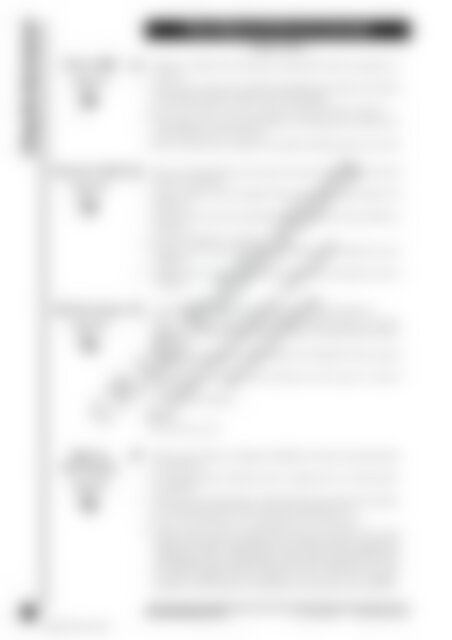RIC-0667 Aboriginal Cult 5-6
You also want an ePaper? Increase the reach of your titles
YUMPU automatically turns print PDFs into web optimized ePapers that Google loves.
Using the Environment<br />
Nature Walk<br />
(page 83)<br />
Natural or Built?<br />
(page 84)<br />
My Environment<br />
(page 85)<br />
The Natural Environment<br />
Teachers Notes<br />
• Explain to students how and why the natural environment is important to<br />
everyone.<br />
• Discuss the environment around the school. Brainstorm and list on the board<br />
some things that may be found in the school grounds.<br />
• Discuss the worksheet with the students and tell them what is required.<br />
• Take students for a nature walk around the school grounds, focusing on the<br />
natural things in the environment.<br />
• Back in the classroom, complete the worksheet and discuss the nature walk.<br />
• Discuss the characteristics of a natural environment. (For example, the land<br />
has been ‘untouched’.)<br />
• Ask the students to give examples of built environments, such as parks and<br />
gardens etc.<br />
• Ask ‘How do we know if something is built or natural?’ Accept and discuss<br />
all answers.<br />
• Distribute magazines to students.<br />
• Students select pictures of natural environments to cut and glue onto the<br />
worksheet.<br />
• Students select pictures of built environments to cut and glue onto the<br />
worksheet.<br />
• Ask ‘What is a natural environment?’ Accept and discuss all answers.<br />
• Make a list on the board of some things that may be found in a natural<br />
environment. (Include also some things that are not found, such as houses,<br />
cars etc.)<br />
• Choose various students to come up and tick one thing that is from a natural<br />
environment.<br />
• Question students on why cars and houses are not a part of a natural<br />
environment.<br />
• Complete the worksheet.<br />
©R.I.C. Publications<br />
Low Resolution Images<br />
Display Copy<br />
Answers<br />
2. (a) no (b) yes (c) yes<br />
Make an<br />
Environment<br />
(page 86)<br />
• Select various students to talk about the differences between natural and built<br />
environments.<br />
• Encourage students to talk about why it is important for us to look after the<br />
environment.<br />
• Discuss ways in which people can look after their environment; for example,<br />
by not littering beaches or the countryside, replanting trees etc.<br />
• Discuss the consequences of not looking after the environment.<br />
• Students collect various materials from the natural environment. These could<br />
include sand, pebbles, twigs, fallen leaves and bark. Students could work in<br />
small groups, and create their models in a box or plastic container filled with<br />
sand. Materials such as cardboard tubes, Blu-tack and plasticine may also<br />
be needed—though make sure students are aware these are not natural.<br />
Students record the process of making their environment on the worksheet.<br />
82 Australian <strong>Aboriginal</strong> <strong>Cult</strong>ure R.I.C. Publications www.ricgroup.com.au<br />
ISBN 978-1-86311-807-1


















